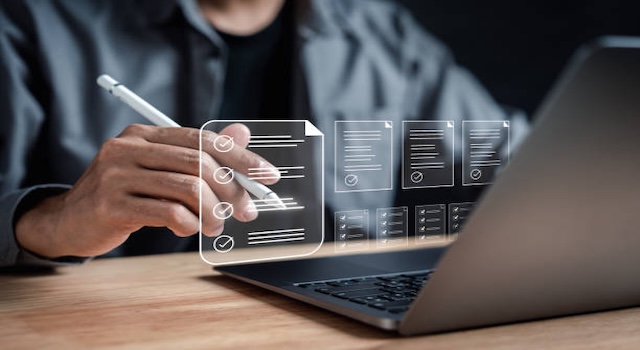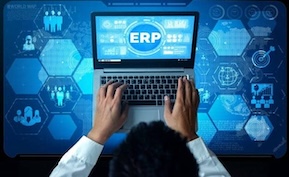Accounting
SaaS Carbon Accounting: Measuring and Reducing the Environmental Impact of Cloud Software

As businesses increasingly rely on cloud software, environmental impact has become a growing concern. Enter SaaS carbon accounting—a way to measure, monitor, and reduce the carbon footprint associated with using software-as-a-service applications. This trend is gaining traction as companies seek to meet sustainability goals and demonstrate environmental responsibility.
What Is SaaS Carbon Accounting?
SaaS carbon accounting involves calculating the greenhouse gas (GHG) emissions caused by cloud software usage. This includes:
- Energy consumption in data centers
- Network and data transfer emissions
- Device energy usage for accessing SaaS applications
The goal is to quantify emissions tied to software consumption and identify ways to reduce them.
Why It Matters
- Corporate Responsibility: Companies can report carbon impact and progress toward ESG goals.
- Regulatory Compliance: Increasing legislation requires businesses to disclose emissions, including those from IT.
- Cost Efficiency: Reducing energy-intensive processes often lowers operational costs.
- Stakeholder Trust: Customers and investors increasingly expect sustainable practices.
Practical Applications
- Vendor Evaluation: Assess cloud providers based on energy efficiency and renewable energy usage.
- Usage Optimization: Identify high-energy-consuming features or apps and adjust usage patterns.
- Reporting & Auditing: Generate standardized carbon footprint reports for stakeholders and compliance.
- Offset Programs: Integrate carbon offsets or green energy initiatives into SaaS adoption strategies.
Tools and Techniques
- Cloud Provider Metrics: AWS, Azure, and Google Cloud provide energy and carbon estimates per service.
- Third-Party Software: Tools like CloudCarbonFootprint or Plan A help track and report emissions.
- Internal Tracking: Map software usage, user activity, and compute time to approximate emissions.
- AI-Powered Recommendations: Suggest ways to optimize usage and reduce carbon output.
Challenges and Considerations
- Data Accuracy: Estimating cloud emissions involves assumptions and can vary by provider.
- Complexity: Tracking usage across multiple SaaS platforms requires integration and careful mapping.
- Behavior Change: Teams need incentives and education to adopt low-carbon usage practices.
- Reporting Standards: Aligning with frameworks like GHG Protocol or CDP is necessary for consistency.
The Future of SaaS Carbon Accounting
Sustainability will become a core factor in software procurement and usage decisions. SaaS vendors offering transparent carbon metrics and energy-efficient solutions will gain a competitive advantage. For enterprises, carbon-aware software adoption isn’t just ethical—it’s increasingly a business imperative that aligns environmental stewardship with cost savings and regulatory readiness.






